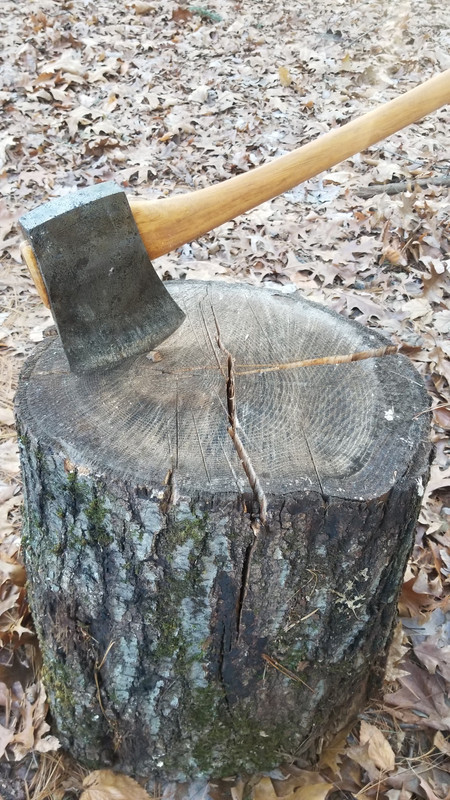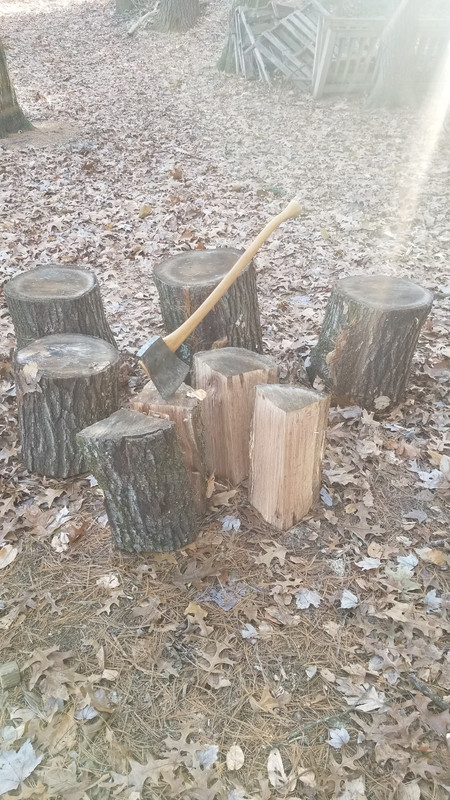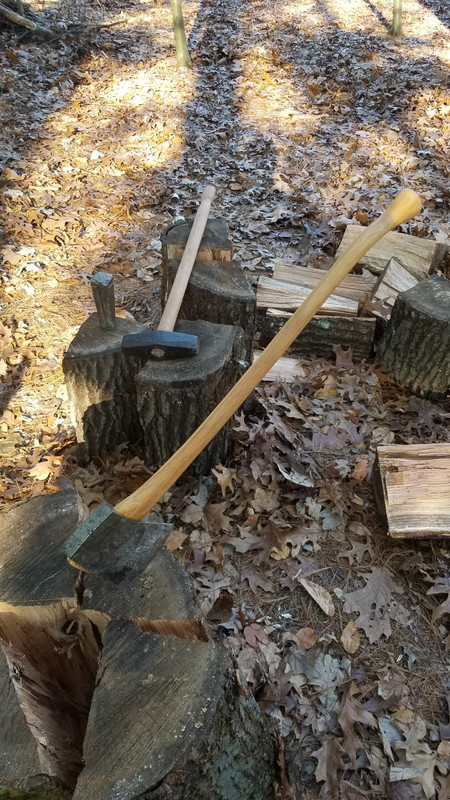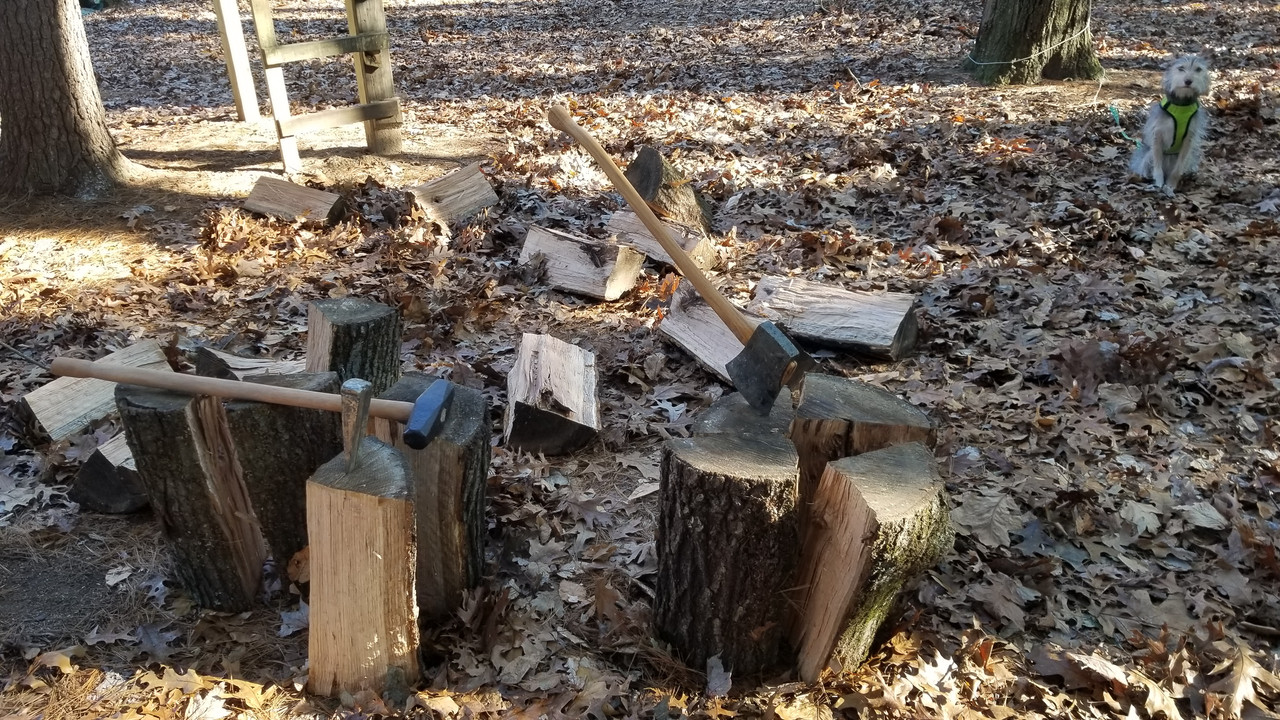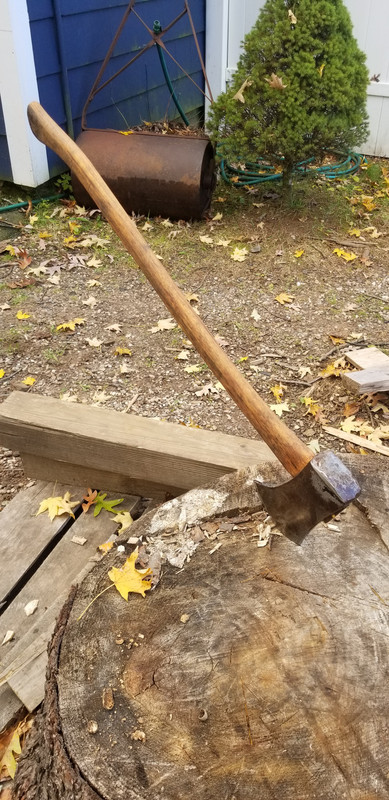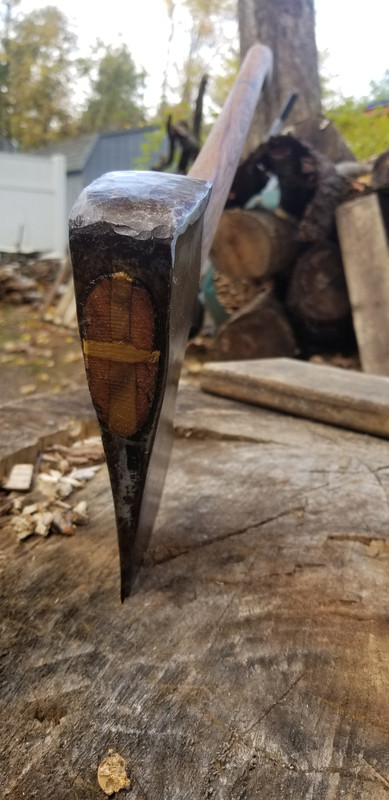- Joined
- Jan 10, 2015
- Messages
- 1,140
Lets take a look at the historic hewing video that Nbrackett so kindly pulled up. Look at juggling/scoring at 2.25- all done from the top of the log. Now look at 2.35 for the broad axe hewing- all from the side of the log with a American pattern, short, offset handled broad axe. At 3.47 look at the surface left after the juggling with the felling axe just in front of where he is with the broad axe and compare it to finished surface after the broad axe work. And last, at 6.0 you can see the huge volume of traditional American technique hewn timber. Is there any doubt that these men know what they are doing and how to best produce hewn timber ?

